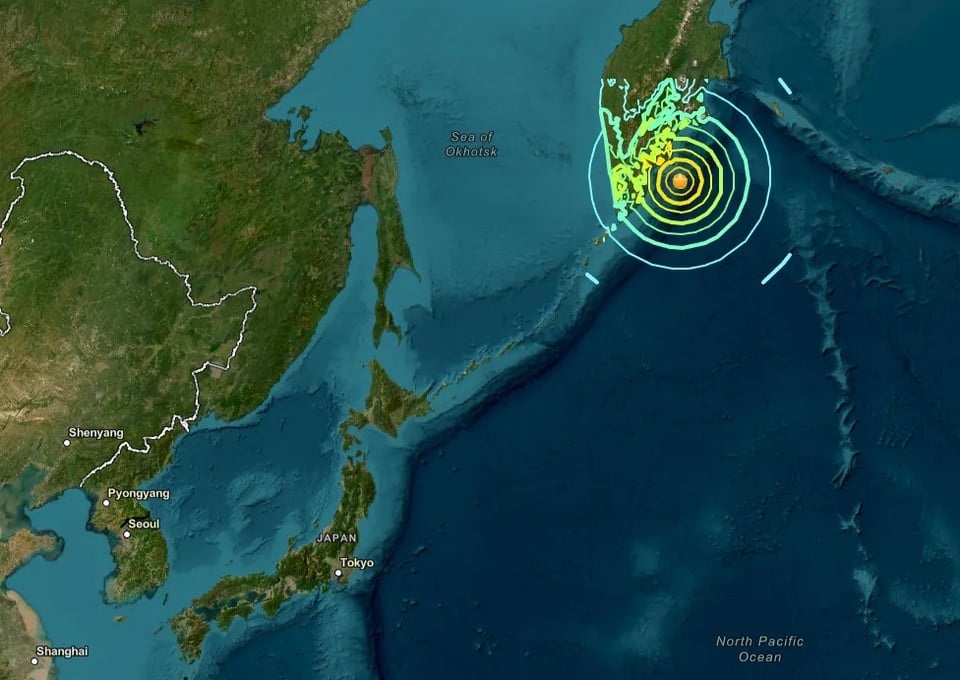 |
AI-powered forecasting models require accurate input data. Photo: Kyodo News . |
A new study published in the Coastal Engineering Journal has revealed serious limitations in the current tsunami warning system, despite significant technological advances in the field. According to a team from the University of Western Ontario (Canada), the biggest problem is not "if", but when a tsunami will occur.
Specifically, the team tested three artificial intelligence (AI) models, including multiple linear regression, random forests, and neural networks, to predict tsunamis. Of these, the latter two models showed superior performance. However, the results also showed that the decisive factor lies in the quality of the training data. If the data does not accurately reflect field conditions, the model may fail in practice, despite positive results from laboratory tests.
This is a major challenge for areas at risk of tsunamis but lacking observational data. On the west coast of Canada, there are only four active seabed sensors, which are insufficient to provide adequate data for model training.
Tofino, a coastal town on Vancouver Island, is a prime example. It has never experienced a tsunami, but it sits near the boundary of the Cascadia tectonic plate, an area capable of generating earthquakes of up to magnitude 9.0 and tsunamis as high as 30 metres. While the exact timing is uncertain, scientists believe the disaster will occur in the near future.
“The question is not if a tsunami will happen, but when it will happen,” stressed Associate Professor Katsu Goda, Canada Chair in Multi-Hazard Risk Research at the University of Western Ontario.
Around the world , teams of scientists are developing new technologies to improve forecasting and mitigate damage. Some are focusing on AI models that incorporate field data, while others are testing protective structures like seawalls that harness energy from tides.
Source: https://znews.vn/vi-sao-ai-that-bai-khi-du-doan-song-than-post1572823.html


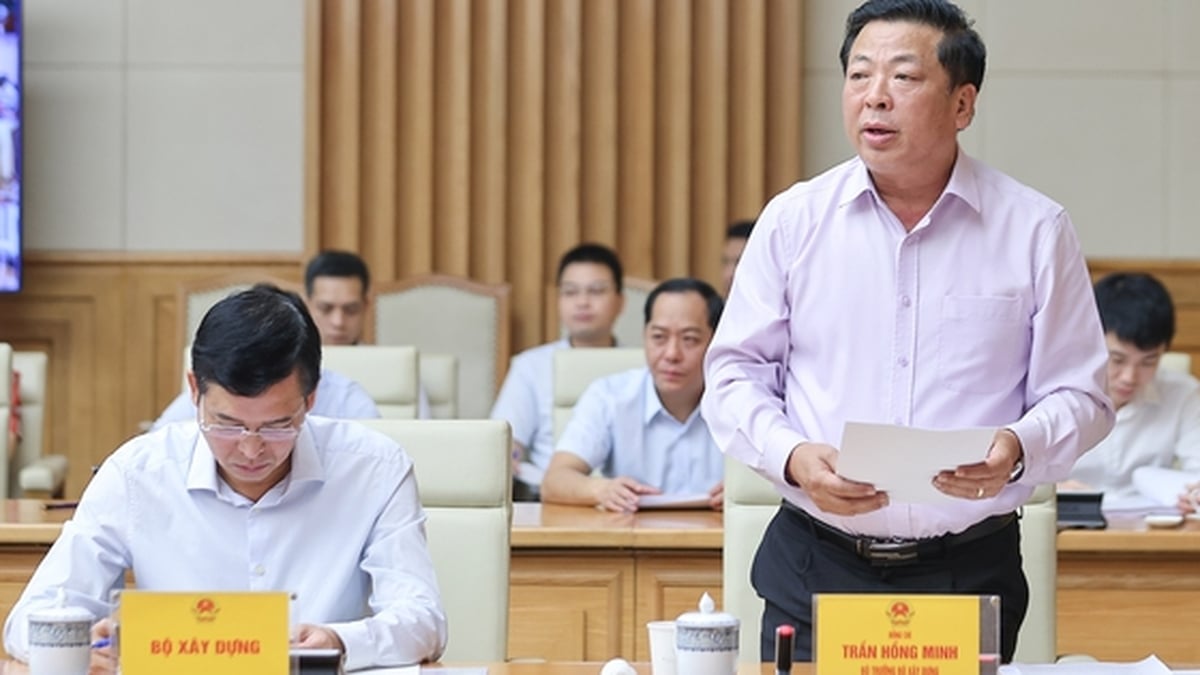
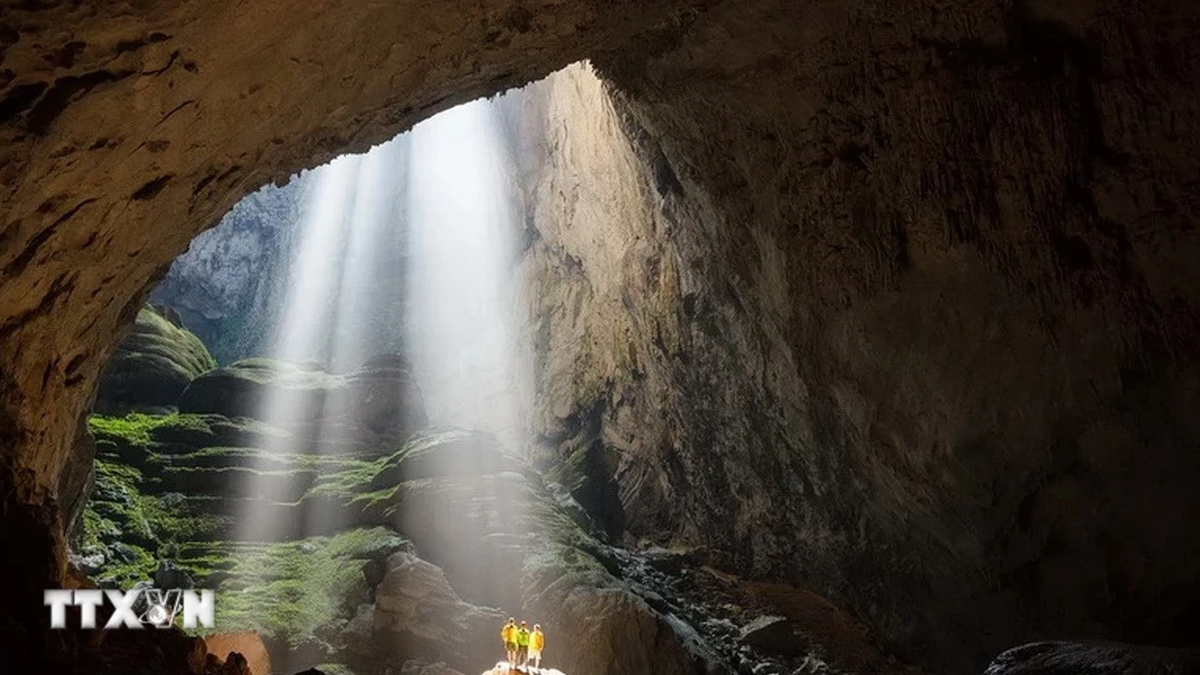






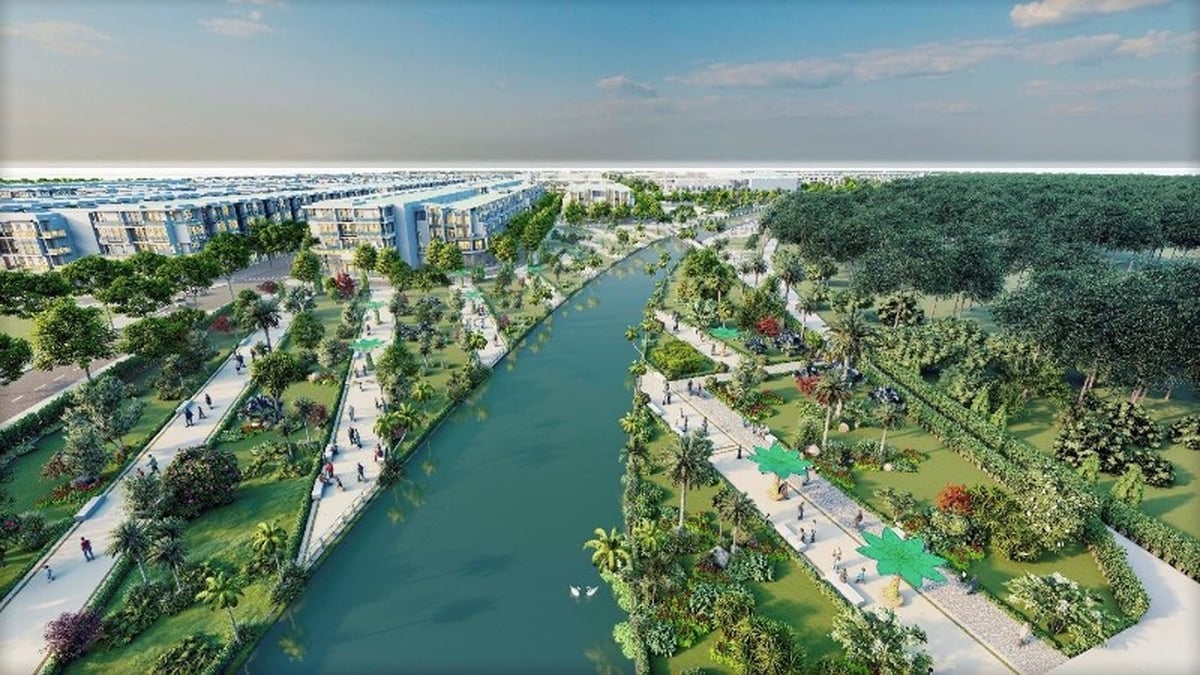





















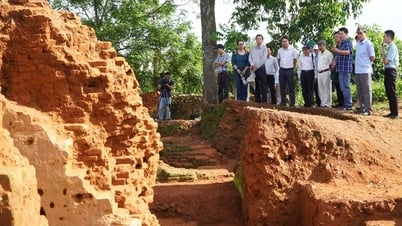














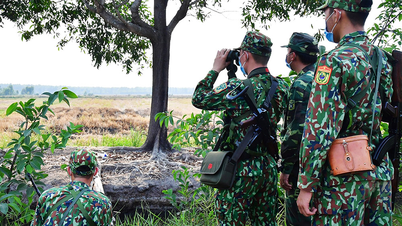







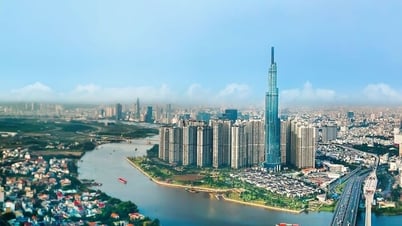


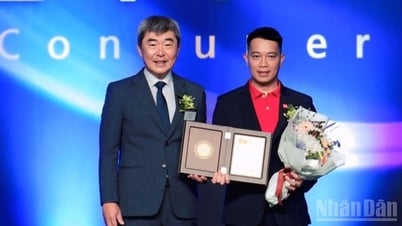

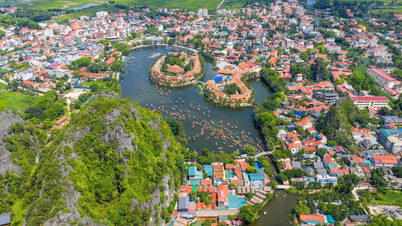



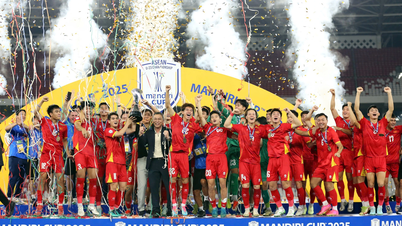



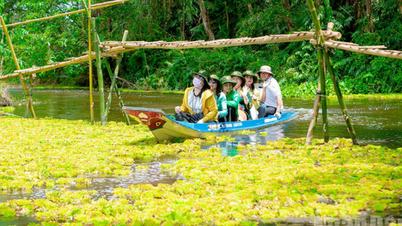



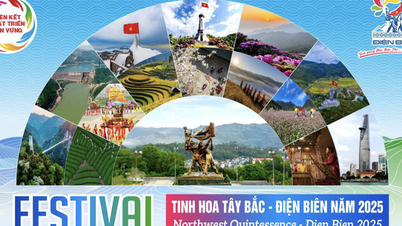
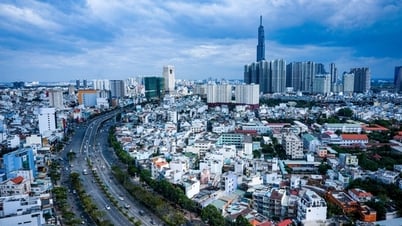
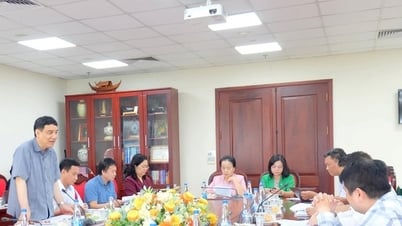








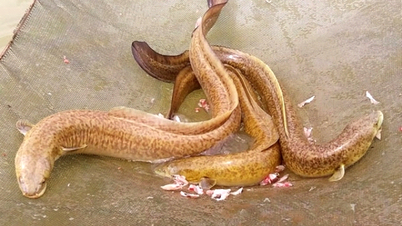












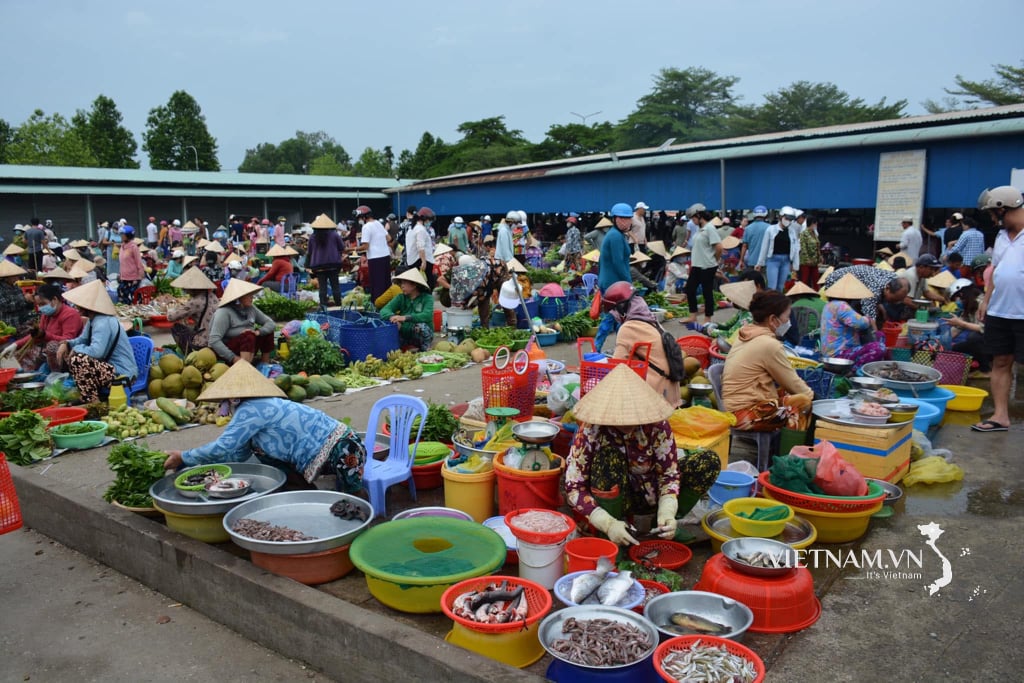
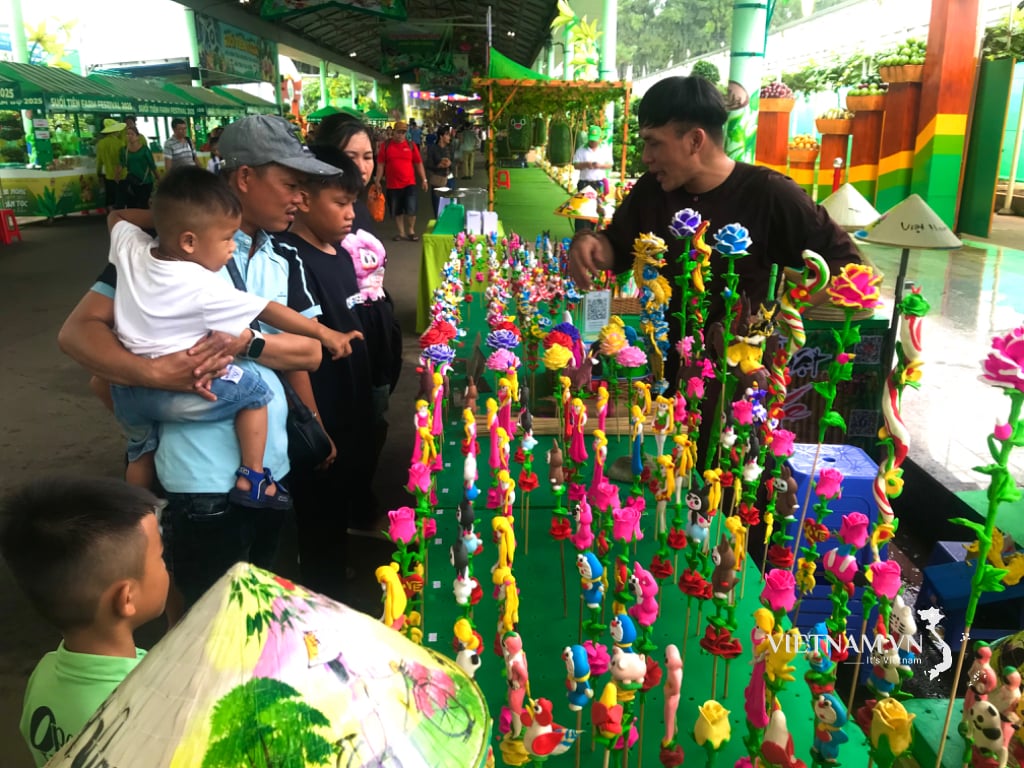
Comment (0)